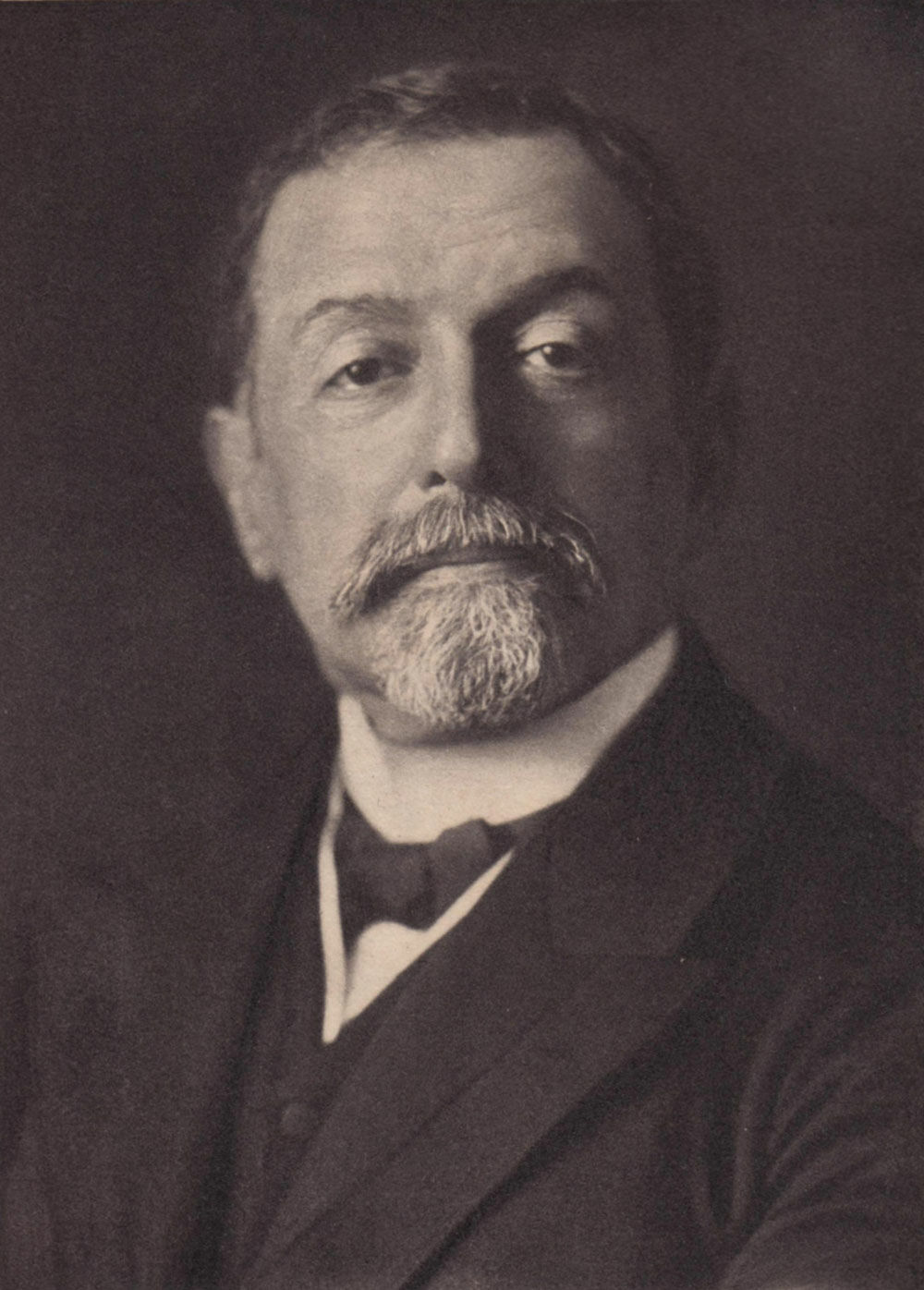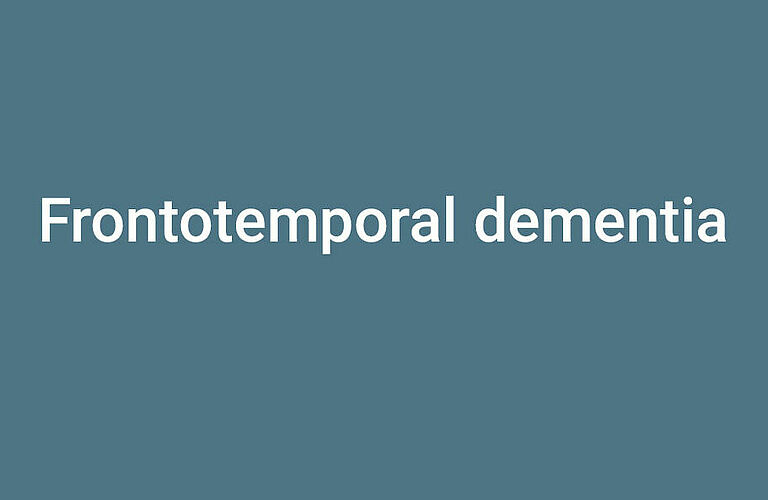Altered personality and conspicuous social behavior
Frontotemporal dementia (FTD) is a rare form of rapidly progressive dementia. It is estimated that, together with Alzheimer's, it accounts for the majority of all forms of dementia in individuals under the age of 65. A characteristic feature of FTD is the loss of neurons, especially in the frontal lobe and temporal lobe. Important functions are controlled in these brain areas: The tasks of the frontal lobes include social behavior and behavioral control, while the temporal lobes are important for language comprehension, among other things. Compared to Alzheimer's, FTD manifests earlier: usually between the ages of 45 and 65. However, the age range in frontotemporal dementia is broad. The disease may also occur significantly earlier or later, between the ages of 20 and 85. Because FTD often emerges before the age of 65, it is one of the early-onset dementias. Men and women are equally likely to be affected by FTD.
The symptoms vary greatly from patient to patient, depending on the area of the brain in which neurons are dying. In the behavioral variant of frontotemporal dementia, changes in behavior and personality first become apparent: Initially, the persons affected often appear unfocused, disinterested, and careless, performing tasks only to a limited extent and carelessly. Many withdraw, neglect family and leisure interests, and become lethargic and indifferent. When it comes to social behavior, many stand out for their lack of tact and empathy. The affected persons can no longer control their emotions: They are uninhibited and aloof. Some patients develop noticeably poor eating habits, many let their personal hygiene slide. As the disease progresses, it can lead to language impairments such as disorders in finding words and in grammar, or problems with language comprehension. Finally, memory disorders are added to the clinical picture. However, these are not as pronounced as in Alzheimer's for a long time. The changes have a major impact on the daily lives of those affected and their families.
In the speech-related variants of frontotemporal dementia, speech disorders are prominent. Changes in personality and behavior may accompany these problems. Over time, the persons affected by either one of both variants increasingly lose their ability to cope with everyday life, and some become bedridden and in need of care. The changes vary from individual to individual and have an impact on the daily lives of those affected and their families.
A cure is not yet possible. Medication therapies help to alleviate behavioral problems. This is also the primary goal of non-drug therapies. An aggravating factor in FTD is that those affected hardly accept that they have the disease and believe themselves to be healthy – so they refuse therapies.
Frontotemporal dementia may be genetic
So far, there is no detailed explanation of how the neurons die. There are three different proteins that can be deposited in neurons as a result of FTD: Tau, TDP-43, and FUS.
Some forms of frontotemporal dementia are hereditary and cases run in families (familial FTD). Some of the forms of frontotemporal dementia that occur without any family history may also be related to genetic alterations. Overall, about 10-15% of all forms of frontotemporal dementia are genetic, especially the behavioral variant. Other, non-hereditary risk factors are not yet known.
Cause and therapy research at the DZNE
Researchers at the DZNE are searching for the molecular-biological causes of neurons dying in cases of frontotemporal dementia. They are also investigating the relationship between ALS and FTD. Between these diseases there are smooth transitions, in other words, behavioral symptoms and cognitive deficits may occur with ALS or symptoms of ALS may develop during the course of FTD. ALS is also often classified together with the behavioral variant, language variants, and PSP as part of a spectrum. ALS and some of the behavioral variants are caused by alterations in the C9orf gene.
The scientists at DZNE also want to identify parameters that enable the diagnosis and prediction how the disease will progress. Therefore, people with (possible) FTD as well as their blood relatives are constantly being sought nationwide for a large FTD study by the DZNE to investigate causes of the disease. The aim is to create the conditions for more efficient and earlier therapies.
Another research focus of the experts at the DZNE is therapeutic measures such as psychosocial interventions for the care and support of people suffering from frontotemporal dementia: Here, for example, the acceptance and effectiveness of a video-based counseling for family caregivers are examined.

In 1892, the Czech psychiatrist and neurologist Arnold Pick (1851–1924) was the first to describe frontotemporal dementia, distinguishing it from Alzheimer's dementia. The disease was initially named Pick's disease, a name that is no longer commonly used. He reported of one of his patients that he "started to rave" and threatened his wife with a knife. Otherwise, the patient "was quite childish lately, played with suspenders, spoons...shows a high-grade speech disorder."
Pick discovered that in people with such severe speech and behavioral disorders, the frontal lobe and temporal lobe were damaged. With this discovery, he made decisive groundwork for distinguishing progressive dementia diseases from each other by using what is called differential diagnosis (determination of disease by distinguishing a disease from diseases with similar symptoms).

